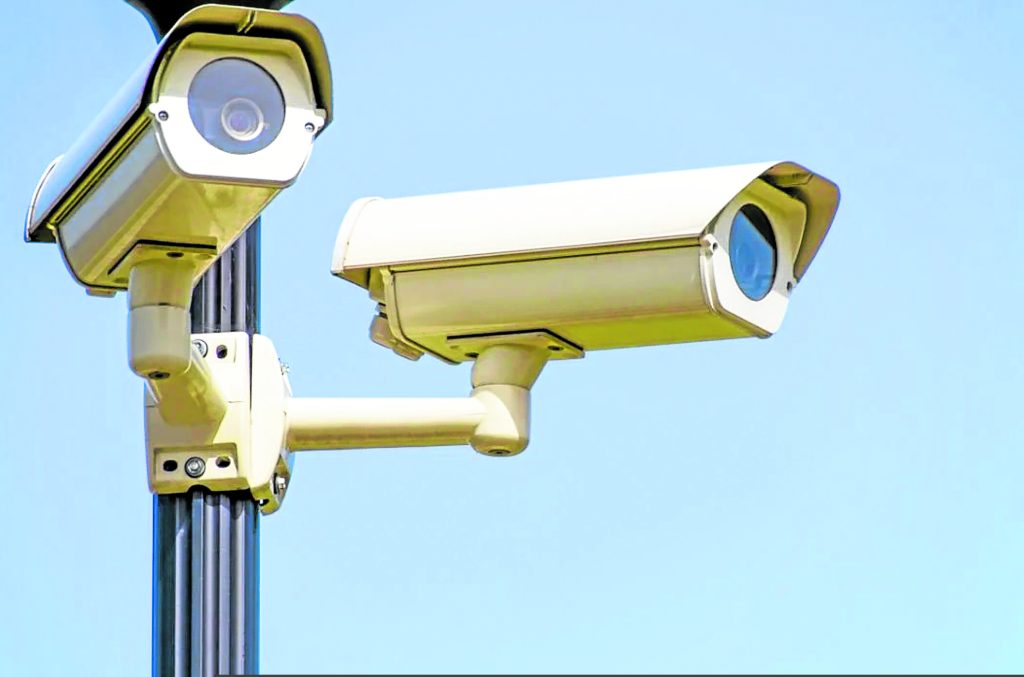After weeks of being in the news, we have come to an understanding of the word, apprehension. In the context of the contentious No-Contact Apprehension Policy being implemented in various cities around the country, apprehension means “to seize legally, or arrest.” Sure, you might argue no one is really getting arrested for violating road rules, but we Filipinos have been known to create our own expanded definitions of English words anyway.
But did you know that Merriam-Webster’s Dictionary also lists down an alternate meaning for the word? It actually puts it as the first definition – “suspicion or fear especially of future evil.” This is how our ultimate resource for English word meanings initially defines apprehension. And with what has seemed to be a coordinated effort by Local Government Units to adopt this method of catching drivers in the act of violating road rules, certain sectors have called for NCAP programs to be suspended out of suspicion and fear of improper implementation. Even the Land Transportation Office, the country’s highest authority when it comes to promulgating and enforcing road rules, has asked LGUs to cease and review their respective NCAP implementations.
On paper, NCAP is an elegant solution to many motorists’ and LGUs’ woes. It addresses the perennial problem of “kotong,” or the bribery of enforcers and police personnel. It does not cause traffic in the same way a vehicle is flagged down and citation tickets are issued at the side of the road. There is supposed proof that a violation is committed with video screen grabs as evidence in each NCAP notice. And this reduces again the instances when a motorist will argue, debate, or even verbally abuse a traffic enforcer.

NCAP is not even a new policy to begin with either. Some cities have had their own camera-based apprehension system in place since 2016. The Metro Manila Development Authority even used a primitive method of assigning a video camera-wielding traffic enforcer to take videos of moving traffic from an overpass to catch violators of the seatbelt law, number coding and vehicle occupancy rules. Seriously, no joke.
So what’s the problem, really?
When Quezon City joined the NCAP party in July, the program suddenly was thrust into the limelight. City authorities prepared the public by even announcing where the fixed cameras would initially be placed. They even did a dry run back in 2021 to address potential problems with its implementation. In its first week of implementation, 6,315 violations were captured and corresponding notices were issued. And like every city that has NCAP, an adjudication committee has been set up where motorists can contest their notices.
As with any project, it is only upon full implementation when things that might go wrong actually do. Bike lanes that have sprouted all over the metropolis have made right turns confusing. To be clear, bike lanes per se are not the problem. It is the fact that the rest of the vehicle lanes haven’t been painted over to properly identify car lanes. Unloading and loading zones haven’t been clearly set up along various roads. Traffic signs at intersections have been left mutilated or unreadable, if they are even there at all. Yet more examples of the government’s “pwede na yan” mentality in full glory.
And then there are individual cases that are deemed violations when in fact the motorist was avoiding an obstruction at an intersection. And registered vehicle owners who end up paying for the violations of the drivers of vehicles registered in their name. These are in addition to the excessive fines that are being imposed to cover not just the violation itself, but also to pay for the technology and the private contractors being used by the LGUs to implement their respective NCAP systems.
So what can we motorists do about it?
Until these NCAP programs are suspended and reviewed, as well as universal, consistent and clear-cut guidelines that will cover already identified issues are promulgated, we are at the mercy of these faceless systems.
The least we can do is to follow and obey traffic signs and road regulations. To be more aware of the traffic situation around us. If there is no clear space for your car on the other side of the intersection, don’t cross it to avoid getting stuck in a yellow box once the traffic light turns red. Be mindful of road markings like pedestrian lanes and turning arrows. Ensure that the registration papers of the cars you sold have been transferred to the new owner. In short, behave like the educated driver that your license supposedly suggests.
And for LGUs that are implementing NCAP, perhaps it is time to get off your high chairs and acknowledge that there are problems that need to be resolved. Repaint those lane markings. Fix your roads. Put up standard road signs that follow international conventions so that everyone in the country can understand and comply with. And review your objectives and redesign the program to achieve them. We have suffered long enough with your disjointed policies and haphazard implementations. Don’t you think we finally deserve better service for the taxes we pay?
If driver discipline is the end result we all want, then the means must lead to it. There is no justification for programs that make people unnecessarily suffer, even for their mistakes.










